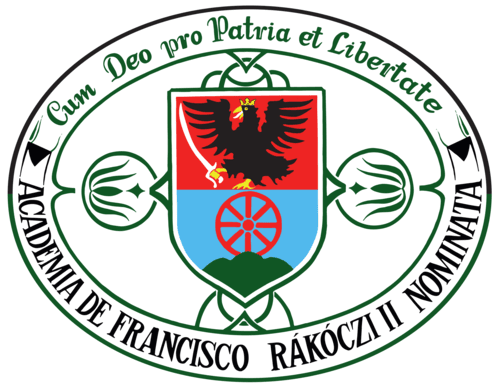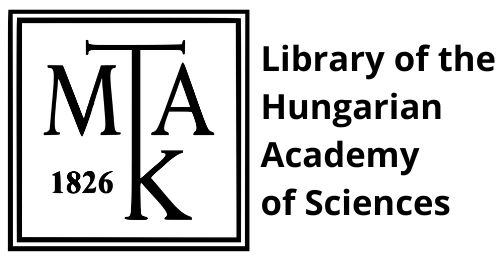The mental-psychonetic complex as an integral conceptual model
DOI:
https://doi.org/10.58423/2786-6726/2024-2-128-138Keywords:
conceptual model, frame, scheme, prototype, gestalt, psychonetics, mental-psychonetic complex, cognitive onomasiologyAbstract
The article focuses on the problems of conceptual modelling, which during the last decades was used in cognitive linguistics on the basis of the frame model (a cognitive model that structures mental spaces), linguistic networks, schemes, prototypes and gestalts. In the field of cognitive onomasiology, the Ukrainian researcher Olena Selivanova proposed a new type of conceptual model. It is known as a mental-psychonetic complex (MPC) or, in other words, a multi-substrate unit of knowledge that describes the motivational basis of the internal programming of verbal signs. The model of the mental-psychonetic complex was tested by school representatives on the material of nominative classes of various languages, as well as in the analysis of the nominative and cognitive nature of phraseological units of the Ukrainian language and poetic syntax. Conceptual analysis of signs of various types using the mental-psychonetic complex model enabled a new approach to the problem of motivation, development of its new typology, development of non-linear positional schemes of syntactic structures of a non-propositional (metaphorical) nature. The term “psychonetics” was first used by Japanese futurists to describe a post-information society in which efficient data processing operations are valued more than data accumulation. A psychonetic approach to modelling concepts involves a broader view of the problems of cognition and manipulation of concepts. The model covers the interaction of conscious and unconscious mental processes. MPC aims to represent the concept as a dynamic structure consisting of multiple overlapping and interacting layers and planes. Different aspects of consciousness, such as intelligence, emotions, perception, memory and other cognitive functions are combined into a complex that determines the specifics of human behaviour and thinking. The model takes into account that the course of mental processes is influenced not only by individual experience, but also by universal symbols and archetypes that exist in the collective unconscious, which is shared by all people. Thanks to the integration of various aspects of mental activity, individuals develop a higher degree of self-awareness, which significantly increases the efficiency of cognitive data processing.
References
Zhabotynska, S. A. 2019a. Semantyka illokutsii: linhvokohnityvnyi rakurs (na materiali anhlomovnoho movlennievoho aktu dokoru) [Semantics of illocution: a linguistic-cognitive perspective (based on the material of the English speech act of reproach)]. Visnyk Lvivskoho universytetu. Seriia Filolohichna 70: s. 185–203. (In Ukrainian)
Zhabotynska, S. A. 2019b. Semantyka linhvalnykh merezh u navchalnomu kombinatornomu tezaurusi (Semantics of linguistic networks in the educational combinatorial thesaurus). Filolohichni studii = Studia Philologica 13/2: s. 17–27. (In Ukrainian)
Selivanova, O. O. 1999. Aktualni napriamy suchasnoi linhvistyky (analitychnyi ohliad) [Current directions of modern linguistics (analytical review)]. Kyiv: Vydavnytstvo Ukrainskoho fitosotsiolohichnoho tsentru. (In Ukrainian)
Selivanova, O. O. 2006. Suchasna linhvistyka: terminolohichna entsyklopediia [Modern linguistics: a terminological encyclopedia]. Poltava: Dovkillia-K. (In Ukrainian)
Selivanova, O. O. 2008. Suchasna linhvistyka: napriamy ta problemy [Modern linguistics: directions and problems]. Pidruchnyk. Poltava: Dovkillia-K. (In Ukrainian)
Fillmore, Charles J. 1985. Frames and the semantics of understanding. Quaderni di Semantica 6/2: pp. 133–187.
Fillmore, Charles J. – Atkins, Beryl T. 1992. Toward a Frame-Based Lexicon. The Semantics of RISK and Its Neighbours. In: A. Lehrer – E. F. Kittay eds. Frames, Fields, and Contrast: New Essays in Semantics and Lexical Organization. Hillsdale, NJ: Lawrence Erlbaum Association. pp. 75–102.
Johnson-Laird, Philip Nicholas 1980. Mental models in cognitive science. Cognitive Science 4/1: pp. 71–115.
Jung, Carl Gustav 1981. The Archetypes and the Collective Unconscious. The Collected Works of C. G. Jung. Vol. 9, Part 1. Princeton, NJ: Princeton University Press.
Pennington, Deana 2016. A conceptual model for knowledge integration in interdisciplinary teams: orchestrating individual learning and group processes. Journal of Environmental Studies and Sciences 6/2: pp. 300–312.
Thompson, William Irwin 1986. Pacific Shift. New York: Random House, Inc.
URL1: Nominalism in Metaphysics. 2008. Stanford Encyclopedia of Philosophy. https://plato.stanford.edu/entries/nominalism-metaphysics/ (Accessed: 14. 10. 2024).
Yamada, Yuji 2022. An Introduction Into SINIC: A Future Prediction Theory. https://www.corporate-rebels.com/blog/sinic-theory-omron (Accessed: 16. 10. 2024).
Downloads
Published
How to Cite
Issue
Section
License
Authors retain copyright and grant the journal the right of first publication. The work is simultaneously licensed under a Creative Commons Attribution 4.0 International License (CC BY 4.0), which permits others to share the work with appropriate credit given to the author(s) and the initial publication in this journal.

















